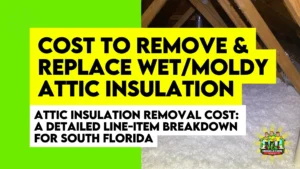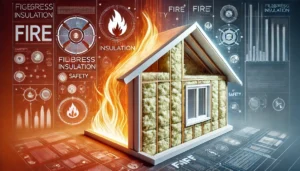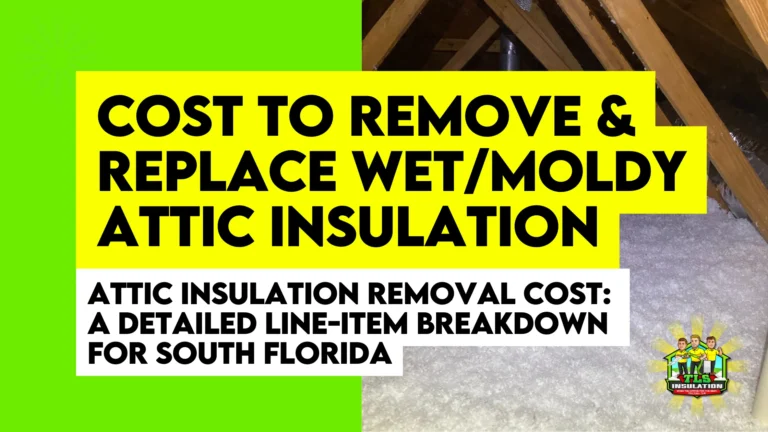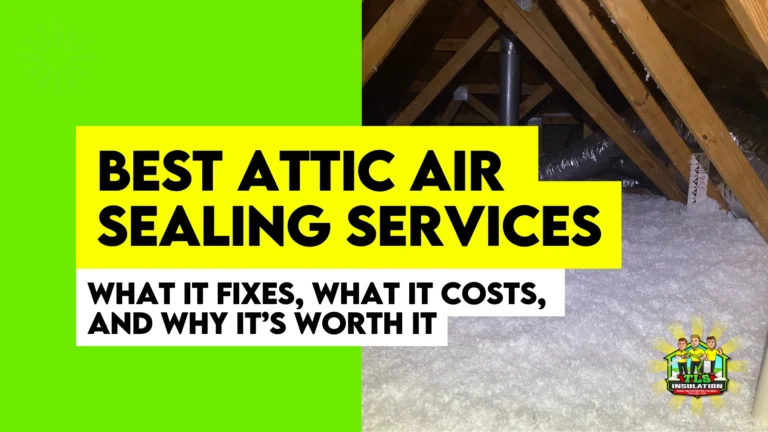With the seasons changing and winter fast approaching, it’s essential to take measures that will ensure your home is well-insulated against the cold weather. Did you know that according to studies, a properly insulated house saves up to 20% on energy costs?
An economical solution such as insulation can be one of the most worthwhile investments in your home’s comfort and energy efficiency.
Thankfully, there are several options available depending on when exactly you decide to insulate and what types of insulation materials you would like to use – meaning there is something for everyone!
In this blog post, we’ll be taking a look at the best time of year for insulation installation, exploring some potential alternatives, and offering expert advice along the way.
The Benefits of Insulating Your Home
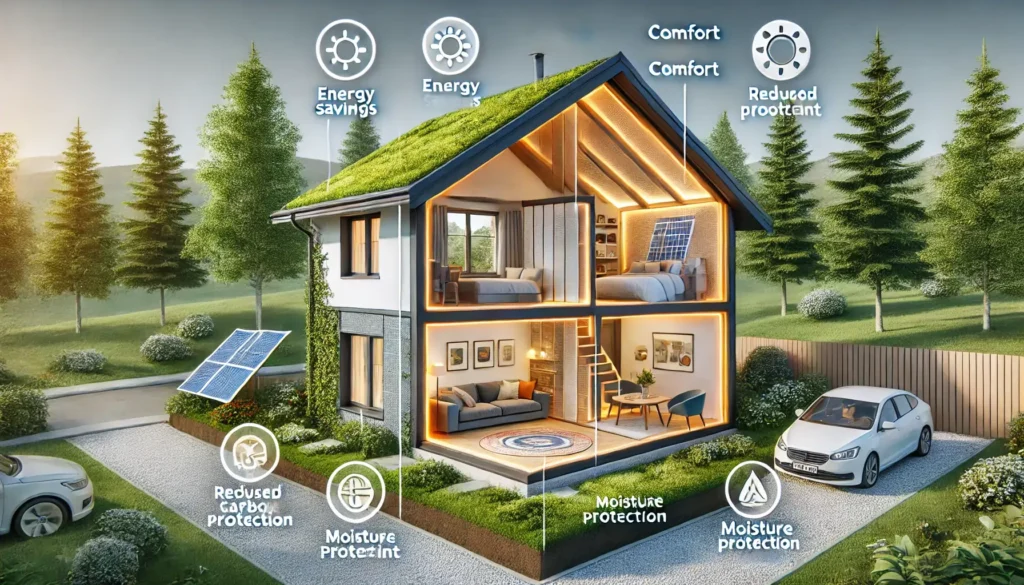
Insulating your home carries a plethora of benefits beyond just comfort and warmth. Here are some key advantages:
Energy savings: Proper insulation reduces the need for excessive heating or cooling, leading to significant energy savings. It can translate to reduced energy bills, making insulation an investment that pays for itself over time.
Comfort: Insulation helps in maintaining a consistent temperature inside the house, no matter the weather outside. It ensures a comfortable living environment throughout the year.
Reduced carbon footprint: By using less energy for heating and cooling, you are making a positive contribution to the environment. Lower energy consumption means fewer greenhouse gas emissions, thus reducing your carbon footprint.
Prevention of moisture damage: Insulation serves as a barrier to moisture. It can help prevent problems such as mold and mildew, which could have potential health effects and could damage your home.
Increased home value: An energy-efficient home is an attractive proposition for potential buyers. Therefore, by insulating your home, you could increase its resale value.
Understanding Different Types of Insulation Materials
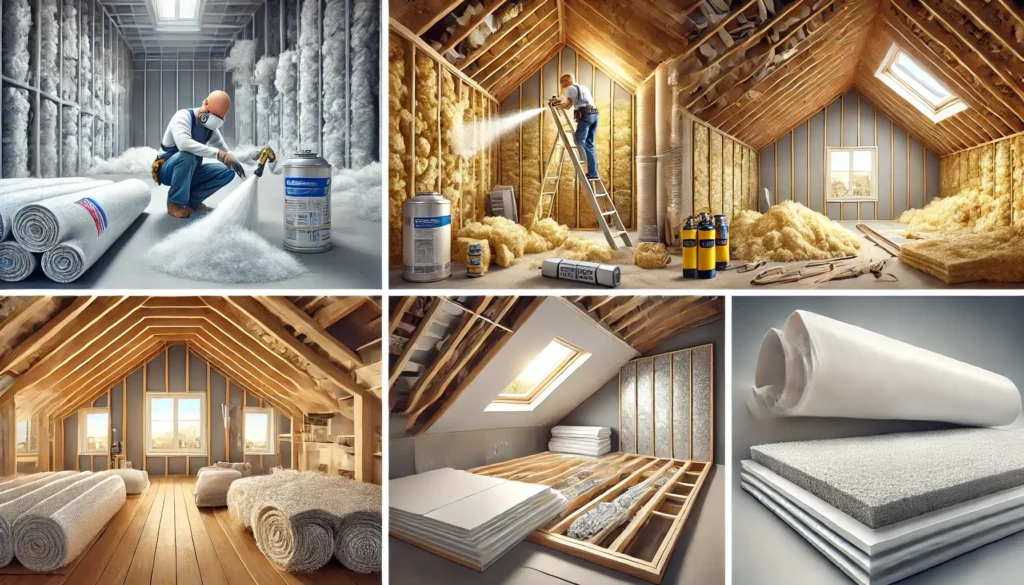
When it comes to thermal insulation, there is a wide array of products to choose from, each with its unique properties and application areas.
Blanket Insulation: One of the most common types, blanket insulation, is available in batts or rolls. It consists of small fibers, typically fiberglass, and is suitable for use in walls, floors, and ceilings.
Spray Foam Insulation: As the name suggests, spray foam insulation is sprayed onto the desired area, where it expands and hardens to form a seal against air and moisture. It’s ideal for hard-to-reach spaces and offers high thermal resistance.
Loose-Fill Insulation: This type of blown-in insulation comprises small particles of fiber, foam, or other materials. It’s typically blown into spaces like attics or wall cavities, making it ideal for retrofitting.
Rigid Foam Insulation: Known for their high insulating value per inch, rigid foam panels can be used in nearly any part of the home and are especially useful for insulating exterior walls.
Reflective Insulation: Reflective or radiant barriers work by reflecting radiant heat, making them suitable for hot climates. They are usually installed in attics to reduce heat gain from the roof.
The type of insulation Materials you choose depends on your home’s specific needs, your budget, and the climate in your region. It’s always a good idea to consult with a professional before making your choice.
Preparing for the Insulation Installation Process

Before embarking on the insulation installation process, proper preparation is vital to ensure a smooth and effective project. Here are some steps to guide you:
Assess your current insulation: Start by determining the old insulation in your home and its effectiveness. It can be done by visual inspection or hiring a professional for a more thorough assessment. Consider factors like the type of insulation, its age, and its current condition.
Identify your insulation needs: Depending on the assessment, you can then identify where additional insulation is needed. Common areas include the attic, exterior, and basement walls, floors above cold spaces, and cathedral ceilings.
Choose the right insulation type: Based on your home’s needs and the climate, choose the insulation type that best suits your situation. Always remember to factor in the cost, the insulation’s R-value (its ability to resist heat flow), and whether professional installation is necessary
Prepare the area: Before the insulation process begins, clean the areas to be insulated by removing any dust, dirt, or moisture. If you’re applying insulation to an area that already has some, repair any damage first.
Safety preparations: Insulation can be an irritant, so ensure you have safety glasses, gloves, a mask, and a long-sleeved shirt to protect yourself during the process.
Get the necessary permits: Some local building codes may require you to obtain a permit before installing new insulation. Check with your local building authority to avoid any legal complications down the line.
Hire a professional (if necessary): If the job is too big, or if you’re uncomfortable doing it yourself, consider hiring a professional insulation contractor like TLS Insulation. They can provide an expert installation that ensures your insulation is effective and meets all necessary regulations.
By following these steps, you’ll be well-prepared to start your insulation installation project. Just remember, the goal is to enhance your comfort and increase your home’s energy efficiency.
Best Time to Install Insulation in Your Home
Choosing the best time to insulate your home largely depends on your circumstances and needs. However, it’s generally recommended to install insulation during the spring or early summer months. This timing allows you to prepare your home for the extreme temperature swings of summer and winter.
Spring is an ideal time since the mild weather makes for easier installation conditions, particularly for larger projects that might require you to open up walls or venture into the attic or basement. Early summer offers similar benefits, and getting the job done before the hottest part of the year can help keep your home cool and reduce your air conditioning costs.
Yet, insulation can be installed at any time during the year. If you find your heating costs are too high in winter, it might be worth insulating your home during this season. Just remember that some forms of insulation, particularly spray foam, may require specific temperature conditions for optimal installation.
Ultimately, the best time to insulate your home is when you’ve noticed a need for it. If you’re experiencing high energy bills, cold drafts, or uneven temperatures throughout your home, it may be time to assess your insulation needs and plan for installation – irrespective of the season. Remember, the goal is to improve your home’s comfort and efficiency, and insulation plays a crucial role in achieving this.




